Disclosure: This article contains affiliate links. We may earn a commission from purchases at no extra cost to you, which helps our travel content.
The morning cacophony of Kampala greets me like an old friend—boda-bodas (motorcycle taxis) weaving through traffic, market vendors setting up their vibrant displays, and the distant calls of marabou storks perched atop the city's acacia trees. As a wildlife biologist who has spent decades studying urban ecosystems across North America, I find myself increasingly drawn to African cities where the boundaries between urban development and natural systems create fascinating ecological interfaces. Kampala, Uganda's capital, sprawled across seven hills much like Rome, presents a particularly compelling case study in urban adaptation—both for its wildlife and its people. My week-long expedition here wasn't merely touristic; it was an immersion into a complex urban ecosystem where colonial history, indigenous Buganda culture, religious diversity, and rapid modernization converge in a symphony of controlled chaos that somehow works beautifully. Join me as we navigate this multifaceted city, where every hill tells a different story and where urban treasures await the curious explorer.
The Seven Hills: Understanding Kampala's Geographic Canvas
Kampala's topography provides more than scenic vistas—it offers a framework for understanding the city's historical and cultural development. Each of the seven principal hills has played a distinct role in shaping the urban landscape, creating microcosms within the greater metropolitan area.
Kasubi Hill, home to the UNESCO World Heritage Kasubi Tombs, houses the burial grounds of four Buganda kings (Kabakas). Despite a devastating fire in 2010, restoration efforts have preserved this sacred site where traditional Ganda architecture showcases remarkable engineering achieved without nails or modern fasteners. The circular thatched structure represents a cosmological map of Buganda culture—a physical manifestation of their worldview.
Nakasero Hill hosts the colonial administrative center, with its grid-like streets and British architectural influences creating a stark contrast to the organic layout of traditional settlements. Here, the parliamentary buildings and diplomatic quarters reflect Uganda's complex political journey from protectorate to independent nation.
Mengo Hill serves as the cultural heart, housing the Buganda Kingdom's palace and administrative centers. This juxtaposition of traditional monarchy alongside modern governance structures illustrates Uganda's unique political synthesis.
Namirembe, Rubaga, and Makerere Hills represent religious and intellectual foundations—Anglican, Catholic, and academic, respectively. The latter hosts Makerere University, often called the 'Harvard of Africa,' where I was fortunate to give a guest lecture on urban wildlife adaptation.
The seventh hill, Kampala Hill (for which the city is named), derives its name from impala antelope that once grazed here—a reminder that all urban environments are built upon natural foundations. This ecological perspective frames my understanding of cities not as artificial constructs but as new ecosystems where human and non-human elements interact in complex patterns.

💡 Pro Tips
- Visit the hills in chronological order of their historical development to understand Kampala's evolution
- The best panoramic city views are from atop Nakasero Hill near the Sheraton Hotel
- Carry a pocket binoculars to spot marabou storks and other urban wildlife
Navigating Kampala's Cultural Crossroads
The Uganda National Museum on Kira Road provides an essential contextual foundation for any serious exploration of Kampala. Established in 1908, it houses collections spanning archaeology, ethnography, and natural history. As a scientist, I appreciate the museum's taxonomic approach to cultural artifacts, though the ecological exhibits could benefit from updated interpretation reflecting contemporary conservation challenges.
The museum's ethnographic displays illuminate Uganda's remarkable diversity—65 recognized ethnic groups, each with distinct linguistic and cultural traditions. The Batwa pygmy exhibits particularly resonated with me, highlighting the conservation conflicts between traditional forest-dwelling communities and modern protected area management—parallels I've observed in North American contexts with indigenous communities.
Beyond formal institutions, Kampala's true cultural immersion happens in its markets. Owino Market (St. Balikuddembe) overwhelms the senses with its labyrinthine passages and over 50,000 vendors. Here, the concept of adaptive reuse reaches new heights—discarded materials from the Global North find innovative second lives. I documented numerous examples of creative repurposing that would impress any sustainability advocate.
For those interested in textiles, the craft markets near the National Theatre showcase Uganda's rich tradition of bark cloth (a UNESCO-recognized cultural heritage) alongside contemporary adaptations of traditional designs. I purchased several pieces, carefully documenting their production methods for a colleague studying sustainable materials.
To navigate these cultural spaces efficiently, I relied heavily on my travel guidebook, which offers more comprehensive historical context than most mainstream publications. The detailed maps proved invaluable when my phone signal became unreliable in crowded market areas.
The religious diversity visible across Kampala reflects both historical missionary influences and indigenous spiritual traditions. The Gadaffi National Mosque (open to non-Muslim visitors outside prayer times) offers a panoramic view from its minaret, while the Baha'i Temple—the only one in Africa—provides a tranquil counterpoint to the city's frenetic energy with its architecturally significant gardens designed to foster contemplation.
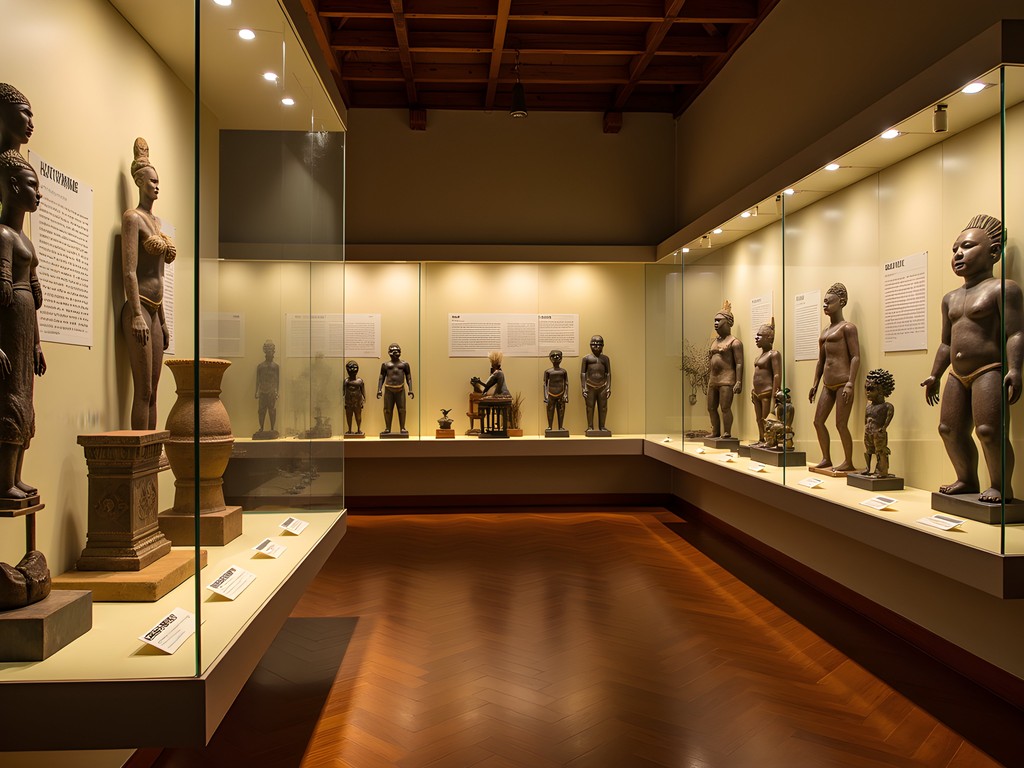
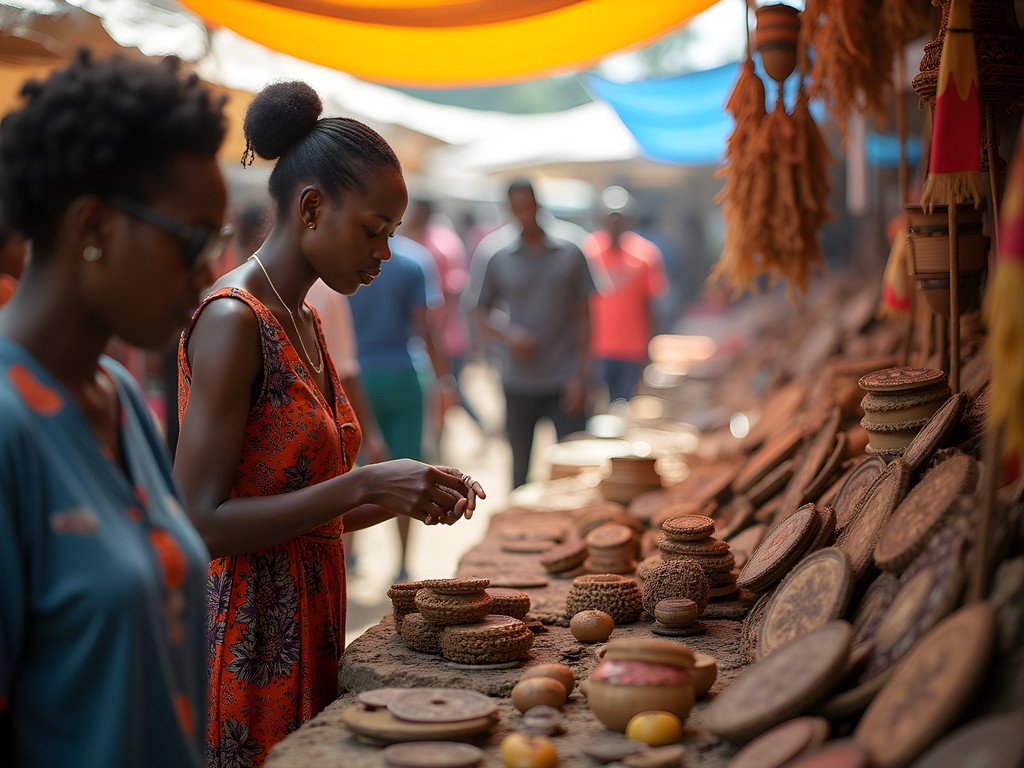
💡 Pro Tips
- Visit the Uganda National Museum early in your trip to gain historical context
- Hire a local guide at craft markets to understand the significance of traditional designs
- Respect dress codes when visiting religious sites—carry a light scarf to cover shoulders when needed
Urban Wildlife: Kampala's Unexpected Biodiversity
While most visitors focus exclusively on Kampala's human elements, my biological training draws me to the remarkable adaptations of wildlife within this urban ecosystem. The city hosts surprising biodiversity that merits scientific attention.
Makerere University's biological sciences department graciously allowed me access to their ongoing urban ecology research. Their findings reveal that Kampala supports over 260 bird species within city limits—comparable to entire national parks elsewhere. The marabou stork population particularly fascinates me; these massive birds have adapted to urban scavenging with remarkable efficiency, establishing colonies atop mature trees throughout the city center.
Kampala's botanical gardens and green spaces function as critical habitat islands. The Entebbe Botanical Gardens, though technically outside city limits, provides an excellent reference point for understanding the region's native flora. Within Kampala proper, the Kabaka's Lake area supports surprising aquatic diversity despite urban pressures.
For self-guided exploration of urban wildlife, I recommend the field guide which proved invaluable for identifying the numerous species inhabiting Kampala's urban canopy. My morning observations at Centenary Park yielded sightings of Ross's turaco, African paradise flycatchers, and numerous sunbird species.
The city's fruit bat colonies create spectacular evening displays as thousands emerge at dusk from roosting sites near Makerere Hill. These keystone species provide essential pollination and seed dispersal services for urban trees, maintaining genetic connectivity between fragmented green spaces.
Perhaps most surprising was documenting serval cats in the wetland fragments near the outskirts of Kampala—evidence that even medium-sized predators can persist in urban-adjacent habitats when sufficient prey base exists. These observations contribute to my ongoing comparative research on urban predator adaptations across continental contexts.
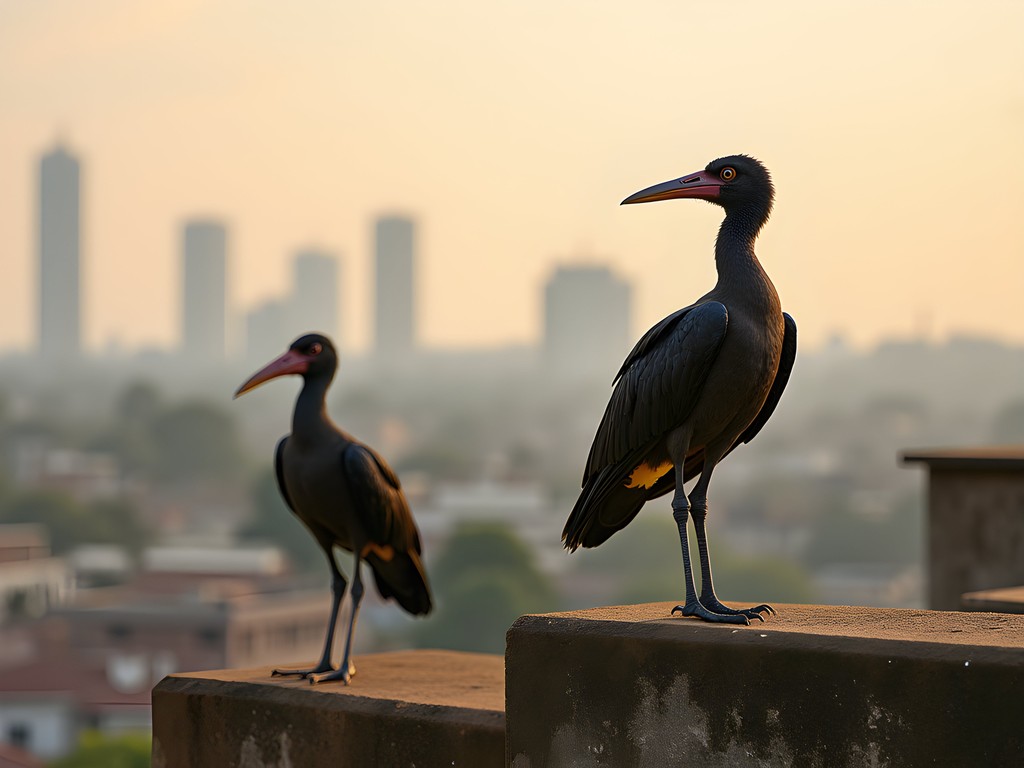
💡 Pro Tips
- Dawn and dusk offer prime wildlife viewing opportunities in Kampala's parks
- Bring a quality camera with zoom capability to document urban wildlife without disturbance
- The wetland areas near Lutembe Bay support remarkable bird diversity accessible via short day trips
Culinary Explorations: Ecological Perspectives on Kampala's Food Systems
Food systems reveal much about a city's relationship with its surrounding environment. Kampala's culinary landscape offers insights into agricultural traditions, trade networks, and colonial influences that have shaped Ugandan foodways.
The Kabalagala district, known for its Pan-African dining scene, provided an excellent starting point for my culinary investigations. Here, Ethiopian, Somali, and Congolese establishments operate alongside local Ugandan eateries, creating a microcosm of continental cuisine. The ecological implications of this diversity are significant—each culinary tradition brings different agricultural requirements and food preservation techniques.
Traditional Ugandan cuisine centers around matoke (steamed green bananas), various root vegetables, and beans, supplemented by meat or fish when available. This plant-forward diet represents an environmentally sustainable food system worth examining as global food security concerns mount. At the Ndere Cultural Centre, I participated in a cooking demonstration that highlighted traditional preparation methods requiring minimal energy inputs—a stark contrast to energy-intensive Western cooking techniques.
Kampala's coffee culture deserves special mention. Uganda produces exceptional Arabica and Robusta varieties, though historically most premium beans were exported. Recently, local cafés like Endiro Coffee and Good Glass Coffee have created farm-to-cup supply chains that retain more economic value within Uganda. I recommend their single-origin pour-overs, which showcase distinct regional characteristics from different Ugandan growing zones.
For self-catering options, the organic farmer's market at Acacia Mall (Saturdays) offers locally grown produce with substantially lower food miles than imported alternatives. I equipped myself with a reusable produce bags set to minimize plastic waste during my market visits—a small contribution to reducing the environmental footprint of my stay.
Street food presents both culinary delights and food safety considerations. Rolex (rolled chapati with eggs and vegetables) stands represent an ingenious fusion food born from Uganda's Indian diaspora influence. When selecting vendors, I observed food handling practices and opted for freshly prepared items cooked at high temperatures.
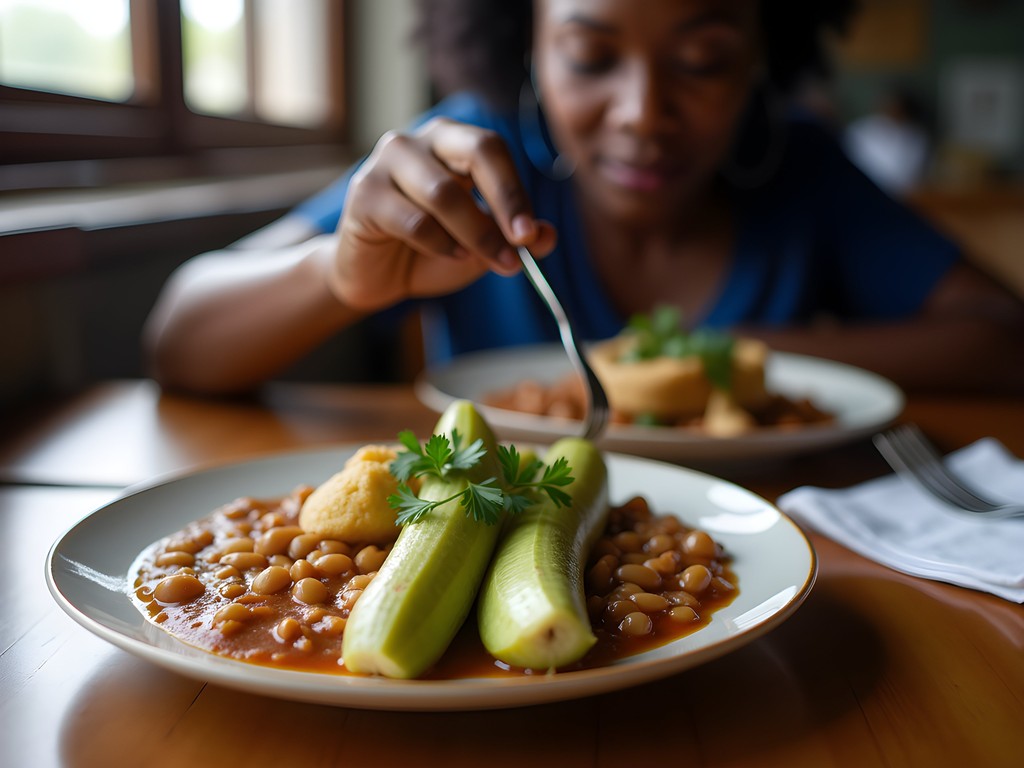
💡 Pro Tips
- Visit the Owino Market spice section with a local guide to learn about traditional medicinal plants
- Try the katogo breakfast (matoke with beans or groundnut sauce) at local establishments for authentic morning fare
- Book a coffee tasting tour at Endiro to understand Uganda's role in global coffee production
Sustainable Urban Exploration: Navigating Kampala Responsibly
Responsible urban exploration requires thoughtful transportation choices. Kampala's notorious traffic congestion contributes significantly to local air quality issues, so I prioritized lower-impact mobility options whenever feasible.
The boda-boda motorcycle taxis represent Kampala's most ubiquitous transport mode. While convenient for navigating congested streets, safety concerns merit consideration. I used the SafeBoda app, which provides helmets and trained drivers—a safer alternative to hailing random operators. For longer journeys, shared matatu minibuses follow established routes at minimal cost, though understanding their complex network requires local guidance.
Walking certain districts offers the most intimate connection with the urban fabric, though Kampala's hilly terrain and sometimes-limited pedestrian infrastructure present challenges. I found my trekking poles surprisingly useful for navigating steep urban inclines, particularly during brief tropical downpours when pathways become slippery.
Accommodation choices significantly impact both visitor experience and local economic benefit. I selected the Makerere University Guest House, which supports academic programs while providing comfortable lodging at reasonable rates. Its location adjacent to campus facilitated my research connections while offering a quieter alternative to downtown options.
Water conservation remains critical in Kampala, where infrastructure struggles to meet growing demand. I maintained my practice of brief showers and reusing towels—habits formed during fieldwork in water-stressed environments. Similarly, managing expectations regarding intermittent power outages enhances one's adaptability; I travel with a small solar charger for essential devices.
Waste management presents significant challenges in rapidly growing African cities. I carried a reusable water bottle with built-in filtration, substantially reducing plastic waste during my stay. When purchasing crafts and souvenirs, I selected items with minimal packaging and supported artisans using recycled or sustainable materials.
These practices align with responsible urban exploration principles—minimizing negative impacts while maximizing positive contributions to local economies and knowledge exchange.
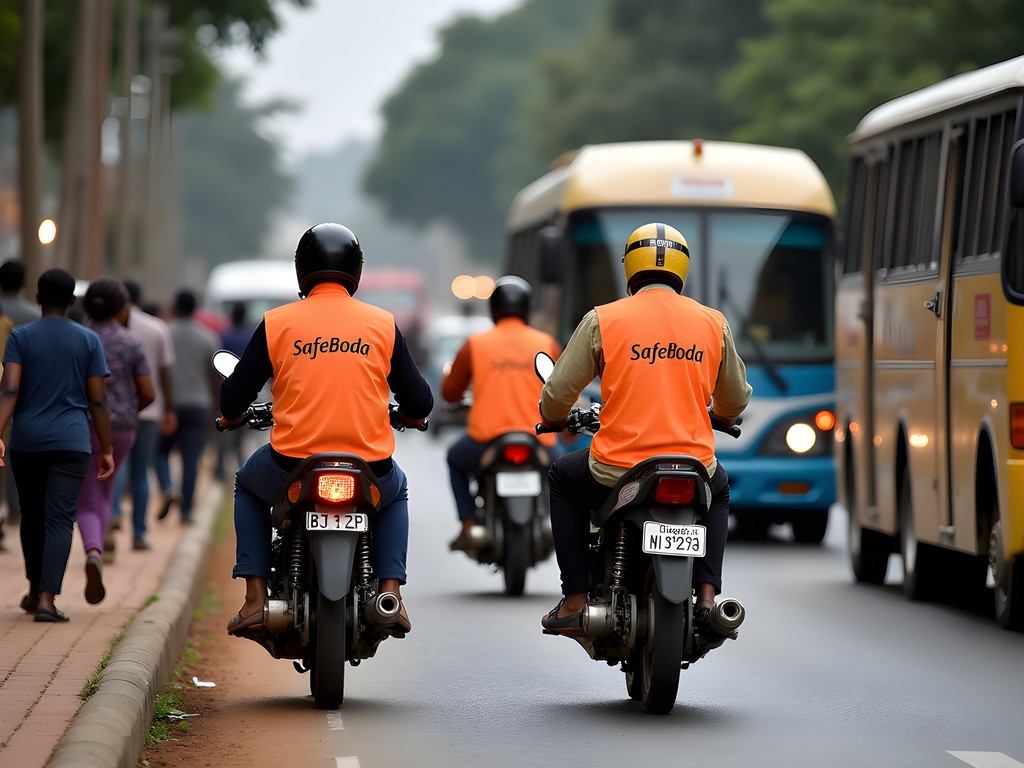
💡 Pro Tips
- Download the SafeBoda app before arrival for secure motorcycle taxi transport
- Carry small denominations of Ugandan shillings for markets and informal transactions
- A reusable water bottle with built-in filter eliminates need for plastic bottled water
Final Thoughts
Kampala defies simplistic categorization—it's a complex urban ecosystem where historical layers, cultural diversity, and ecological adaptations create a uniquely vibrant metropolis. My week-long exploration barely scratched the surface of what this dynamic capital offers the analytical traveler. What distinguishes Kampala from other African cities I've studied is its remarkable resilience and adaptability—qualities visible in both its human inhabitants and urban wildlife. The city presents a compelling case study in rapid urbanization within a biodiversity hotspot, offering valuable insights for conservation professionals and curious travelers alike. As climate change and population growth continue reshaping urban environments globally, Kampala's innovative adaptations—from creative waste repurposing to urban agriculture initiatives—provide important lessons in sustainability under resource constraints. I leave with field notebooks filled with observations, photographs documenting urban ecological niches, and a profound appreciation for this multifaceted city. For those willing to engage beyond surface-level tourism, Kampala rewards with rich intellectual and cultural dividends.
✨ Key Takeaways
- Kampala's seven hills provide a geographic framework for understanding the city's historical and cultural development
- Urban wildlife, particularly marabou storks and fruit bats, create unique ecological dynamics worth observing
- Traditional food systems offer sustainable alternatives to Western consumption patterns
- Responsible urban exploration requires balancing authentic experiences with minimizing negative impacts
📋 Practical Information
Best Time to Visit
Year-round, with June-August and December-February offering drier conditions
Budget Estimate
$40-70 USD daily (accommodation, meals, local transport)
Recommended Duration
5-7 days minimum for comprehensive exploration
Difficulty Level
Intermediate - Requires Adaptability To Traffic, Occasional Infrastructure Limitations

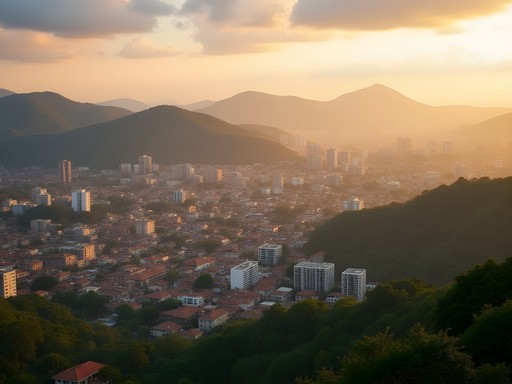












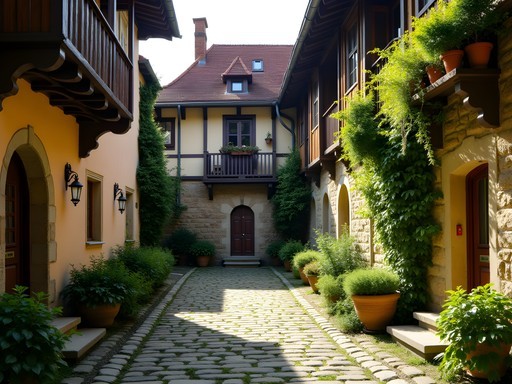
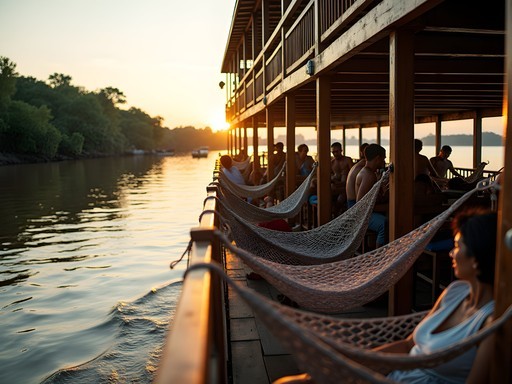
Comments
wanderadventurer
OMG I LOVE THIS POST SO MUCH!!! 😍😍😍 Kampala has been on my bucket list forever and your gorgeous photos and descriptions just convinced me to book tickets for January!!! Can't wait to explore those seven hills and try all the food you mentioned! Those marabou storks look absolutely MASSIVE and kind of terrifying lol! Any tips on where to stay that's central but not too noisy?
Sophia Wilson
So excited for your trip! For accommodations, I stayed in Kololo area which is perfect - central but quieter than downtown, with great cafes and restaurants. Fat Cat Backpackers is good for budget, or Mestil Hotel if you want more comfort. January is a great time to visit - enjoy!
Haley Hamilton
Sophia, your piece captures Kampala's spirit beautifully! Your section on culinary explorations brought back vivid memories of my time there. I'll never forget getting lost in Owino Market and ending up at a tiny food stall where an elderly woman served me the most incredible groundnut stew. She spoke no English, I spoke no Luganda, but somehow we connected through food and smiles. When it started pouring rain, she insisted I stay under her tarp, and we sat watching the market chaos while sharing a plate of cassava. These spontaneous moments define Kampala for me - the unexpected warmth of strangers amid the beautiful chaos. Did anyone else have these kinds of random encounters that became highlight memories?
travelnomad
This is exactly why I travel! Those unplanned moments often become the best memories. Haven't been to Kampala yet but it's moving up my list!
backpackchamp7075
Those marabou storks are WILD! They're like prehistoric creatures just chilling on rooftops. Got some amazing photos of them near the taxi park. Love how you captured the chaos and beauty of Kampala!
Nova Rice
Sophia, your deep dive into Kampala's cultural landscape is refreshing! While most visitors rush through the capital en route to gorilla trekking, I spent a week there last month and was pleasantly surprised. The Sheraton Kampala made for an excellent base to explore from. For those planning a visit, I highly recommend downloading the Kampala city guide which has detailed neighborhood maps that helped me navigate the hills. The Ndere Cultural Center's Thursday night performances were a highlight - traditional dances from across Uganda's ethnic groups with excellent narration that puts everything in context. Great post that captures the city's essence!
photobackpacker
Great post! I spent a week in Kampala last year and was also amazed by the urban wildlife section you mentioned. Those marabou storks are EVERYWHERE and so much bigger than I expected! I got some amazing photos at the Ndere Cultural Centre when they had traditional dance performances - would highly recommend for anyone visiting. Also, the craft markets near the National Theatre had some beautiful items that weren't as touristy as I expected. I used my travel daypack which was perfect for carrying camera gear while navigating the busy markets.
journeyexplorer
I'm heading to Uganda next month and will spend 3 days in Kampala before heading to the national parks. Any must-try local dishes beyond the ones you mentioned?
backpackchamp7075
Not the author but try luwombo (meat or groundnuts steamed in banana leaves)! The Ugandan Cultural Village restaurant makes an amazing version. Also, don't miss out on fresh jackfruit if it's in season!
journeyexplorer
Thanks for the tips! Adding those to my list.
Marco Flores
Your description of Kampala's seven hills brought back so many memories! During my backpacking trip through East Africa last year, I spent two weeks in Kampala and found it to be such an underrated city. The Bahai Temple views are incredible at sunset, and I stumbled upon this tiny jazz club called Jazzville where local musicians perform. It's hidden away in Bugolobi and definitely worth seeking out if you return! Did you get a chance to visit any of the craft markets? The paper bead jewelry made by local women's cooperatives is amazing.
Sophia Wilson
I did visit the UWEZA craft market! Those recycled paper beads are incredible - such beautiful craftsmanship. I missed Jazzville though, definitely adding it to my list for next time!
redway
I was in Kampala last year and totally agree about the food scene! The rolex stands were my go-to breakfast. Did you make it to Owino Market? That place is absolute chaos but so worth experiencing. The fabric section alone is worth getting lost for an hour.
oceanone
Great post! How safe did you feel moving around Kampala on your own? I've heard mixed things about boda-bodas.
Sophia Wilson
Thanks for asking! I felt relatively safe, but I always used boda-bodas recommended by locals or through apps like SafeBoda which are more reliable. Definitely avoid random ones at night.
oceanone
That's really helpful, thanks! I'll check out that app.
vacationblogger
Those rolex breakfast wraps look amazing! Definitely on my must-try list when I visit.
mountainninja
The rolexes are life-changing! Had one every morning when I was there. Best street food ever for like $1.
Venture X
Premium card with 2X miles, $300 travel credit, Priority Pass